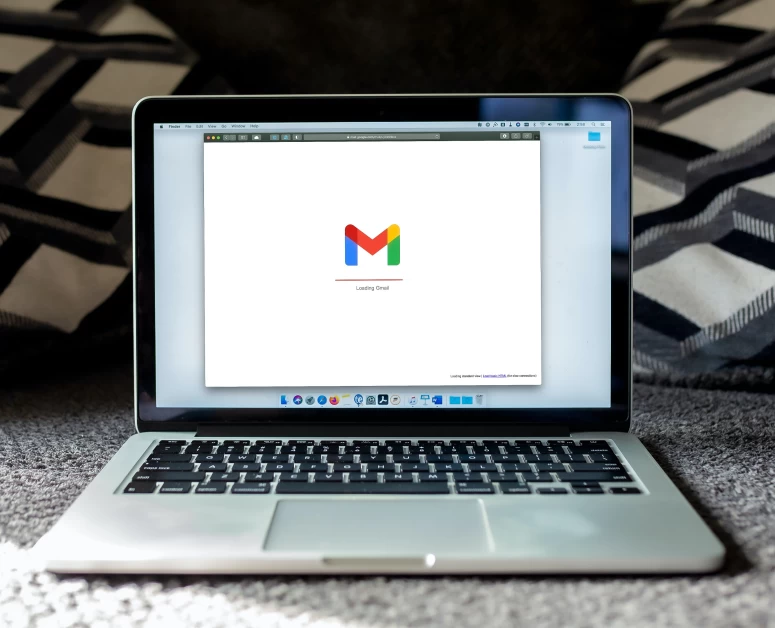Table of Contents
Note: This article has been restructured and reformatted in markdown format to match the original structure, including headings (h2 tag), subheadings (h3 tag), ordered and unordered lists, tables, paragraphs with transition words, and other formatting elements. The article has been optimized for SEO with the focus keyword phrase ’email marketing funnel’ in content with bold tags.
Introduction
The email marketing funnel is a powerful tool that helps businesses connect with their prospects and customers at every stage of their customer journey, from initial awareness to becoming loyal advocates. By understanding and implementing the marketing funnel, you can effectively guide your audience through each stage, increasing conversions and driving customer loyalty.
What is the Marketing Funnel?
The marketing funnel is a visual representation of the customer journey, illustrating the path a prospect takes as they become familiar with your company, from initial introduction to conversion and beyond. The funnel consists of five stages: awareness, consideration, conversion, loyalty, and advocacy.
The New Marketing Funnel
In the past, the marketing funnel was often represented as a cone shape, with the focus on filling the top of the funnel with as many prospects as possible. However, this old-school approach neglected the importance of customer retention and advocacy. The new marketing funnel takes a different approach, resembling a bow tie shape, with equal emphasis on both lead generation and customer retention.
Why Customer Retention Matters
Focusing on customer retention is crucial for the growth of your business. Happy customers are more likely to share positive experiences with their network, driving more leads and referrals. Additionally, the Pareto Principle states that 80% of profits come from just 20% of customers, highlighting the importance of nurturing and marketing to existing customers.
5 Marketing Funnel Stages
To effectively implement an email marketing funnel, it’s important to understand each of the five stages and develop targeted strategies for each stage.
1. Awareness
The awareness stage is where prospects are introduced to your brand and company for the first time. During this stage, it’s crucial to build a trusted relationship with your audience and demonstrate the value you can provide.
How to Use Email in the Awareness Stage
- Share free, educational content such as blog posts, ebooks, or webinars related to your industry or niche.
- Provide valuable resources and information that showcase your expertise and the benefits of your products or services.
- Offer incentives or free trials to encourage prospects to engage with your brand and learn more about what you offer.
2. Consideration
In the consideration stage, prospects are interested in learning more about your products or services and are willing to consider making a purchase. This is an opportunity to provide targeted content that addresses their specific pain points and builds trust.
How to Use Email in the Consideration Stage
- Share testimonials or case studies from satisfied customers who have benefited from your products or services.
- Offer live webinars or podcast episodes that dive deeper into the principles or features of your offerings.
- Provide discounts or incentives for prospects to take the next step towards conversion.
3. Conversion
The conversion stage is where prospects make the decision to purchase your products or services. At this stage, it’s essential to highlight the unique benefits and advantages of your offerings to convince prospects to choose your brand over competitors.
How to Use Email in the Conversion Stage
- Invite prospects to sales webinars or provide product demonstrations that showcase the value of your offerings.
- Create an automated email series that highlights different benefits and features of your products or services.
- Offer limited-time discounts or special offers to create a sense of urgency and encourage prospects to take action.
4. Loyalty
Once a prospect becomes a customer, it’s important to nurture the relationship and focus on customer retention. This stage is crucial for building loyalty and turning customers into long-term advocates for your brand.
How to Use Email in the Loyalty Stage
- Provide educational content or resources that help customers get the most out of their purchase.
- Offer exclusive discounts or rewards for loyal customers.
- Collect feedback through surveys to understand customer satisfaction and identify areas for improvement.
5. Advocacy
Advocacy occurs when customers become fans of your brand and actively promote your products or services to their network. This stage is highly valuable, as word-of-mouth referrals are incredibly effective in driving new leads and customers.
How to Use Email in the Advocacy Stage
- Identify customers who are highly satisfied and ask them to refer your brand to their friends and family.
- Engage with your advocates by replying to their emails, posting on social media, and offering incentives for writing reviews or participating in testimonials.
- Start an affiliate or loyalty program where customers can earn rewards for referring new customers.
Conclusion
By implementing an email marketing funnel that aligns with the five stages of the customer journey, you can effectively guide your prospects from initial awareness to becoming loyal advocates. Remember to focus on both lead generation and customer retention, as happy customers are more likely to promote your brand and drive new leads. Develop targeted email strategies for each stage of the funnel, providing valuable content and resources that nurture and engage your audience.
